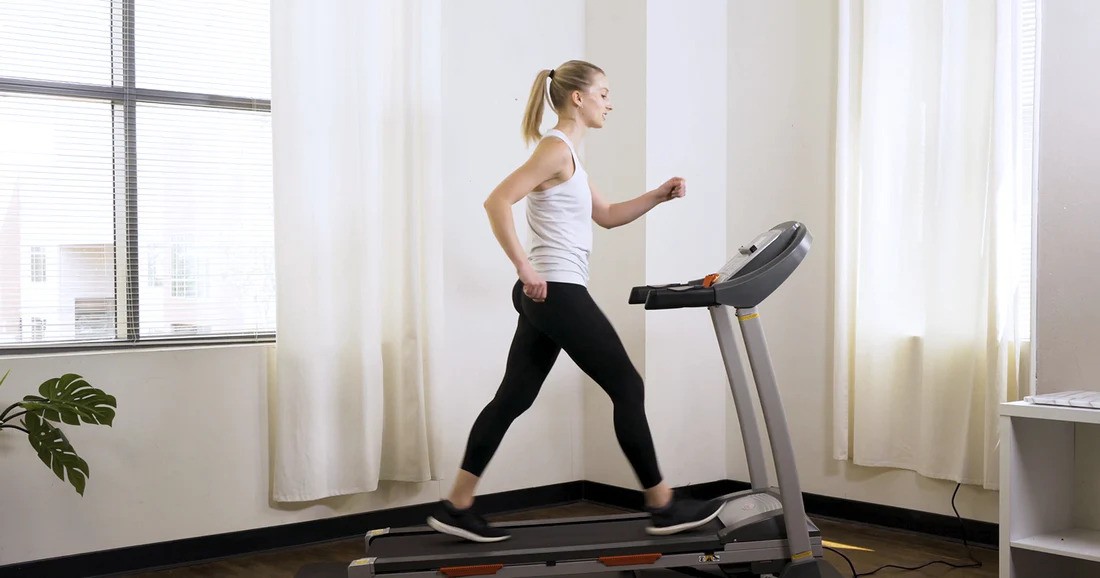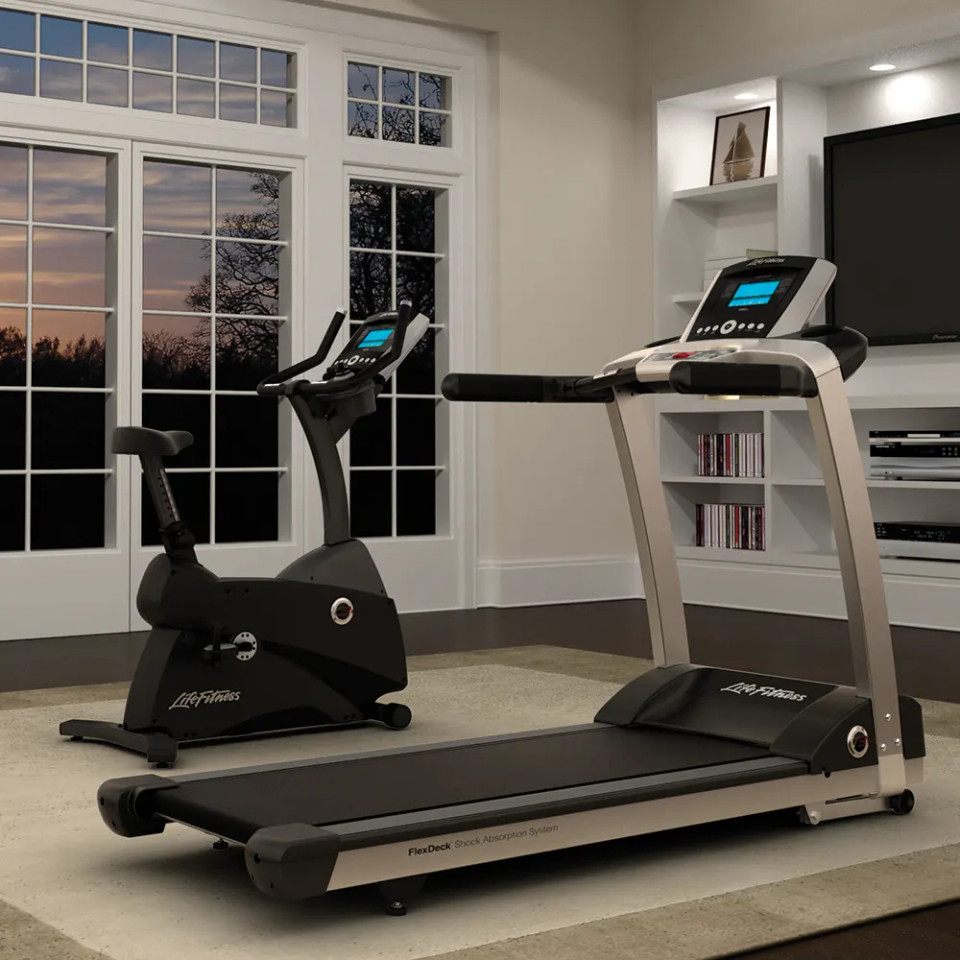How to Replicate Outdoor Walks on a Treadmill
Your body knows the difference between a treadmill and a park trail. Walking outside, you’re adjusting for little things without even noticing—slight slopes, cracks in the sidewalk, or gravel that shifts under your feet. Your senses are constantly busy, your eyes take in changing scenery, your ears pick up wind or voices, and your balance adjusts continuously.
The absence of these elements makes treadmill walking feel different. When you’re stuck inside, walking on a treadmill, the quiet hum of the machine and the fixed view of your living room wall are not exactly inspiring.
On a treadmill, though, it’s all too smooth and predictable. You move, but you’re not going anywhere. That might sound like no big deal, but it actually changes your biomechanics. Studies show treadmill walking burns fewer calories compared to outdoor walks because you’re not working against wind resistance or unpredictable surfaces.
However, that doesn’t mean you should write off the treadmill. Just some feasible tweaks, and you can make it work just as hard as an outdoor walk.
Slight Inclination for Resistance
When you walk outdoors, even the flattest trail has its ups and downs. A small hill here, a bumpy patch there—it all adds effort. On a treadmill, however, everything’s flat unless you change it.
So, the trick is to incline your treadmill 1-2% to simulate outdoor walking conditions. This tiny tilt, though it does not feel much of a difference, forces your legs to work harder. According to Harvard Health, walking on an incline activates your glutes, hamstrings, and calves way more than flat surfaces do. Plus, it burns more calories without having to increase your speed.
And if you want to push yourself even more, play around with higher inclines for short bursts.
Make It Natural with Intervals
If you’ve ever walked outside, you know how your pace naturally changes. Maybe you slow down to check out a view or speed up when the path clears. On a treadmill, it’s easy to just stick to one speed, which is contrary to how people walk in real life.
Therefore, try intervals to replicate outdoor walking. Here’s an easy routine:
- Start with a warm-up at 2.5–3 mph for 5 minutes.
- Increase to a steady pace at 3.5–4 mph.
- Every 5 minutes, mix things up, like adding a 1-2 minute burst of speed or increasing the incline to mimic climbing a hill.
This not only keeps things interesting, but it also works your heart and muscles more naturally. If you have a fitness tracker or heart rate monitor, aim for a moderate intensity zone, around 50-70% of your max heart rate.
Trick Your Senses
Okay, here’s where it gets fun. Walking outside isn’t just about moving your body—it’s about the way your brain feels. The fun part is that you can recreate some of the sensory magic indoors. Here’s how:
- Scenic Videos: Pull up a YouTube video of trail walks and play it on your TV. You’ll be surprised how quickly your brain buys into the illusion.
- Nature Sounds: Download white noises like birds chirping, ocean waves, or rain thunderstorms. Put on headphones and let your imagination do the rest. Research suggests that nature sounds can reduce stress.
- Dress for the Walk: If you enjoy walking outside on cooler mornings, try wearing a lightweight jacket or hoodie while on the treadmill. The extra layer will trick your body into feeling like it’s outdoors and help you work up a sweat.
- Switch Up Your Shoes: Outdoor shoes are built for grip and stability on uneven ground, but treadmill walks are smoother. Go for shoes that are light, flexible, and cushioned to keep your feet comfy and reduce impact on your joints.

Some people doubt that treadmill walking can match up to an outdoor stroll, but studies say otherwise. Research shows no significant difference in biomechanics and muscle activation between motorized treadmills or overground walking/ running. The major difference lies in the external factors like surface hardness and stability rather than how the body moves.
Insight: Treadmill may be better for individuals recovering from bone injuries and Planter Faciopathy over overground running.
Treadmill walking also gives you the advantage of consistency. You can walk every day, which will help you hit the 150-minute weekly (5 days) exercise recommended by the CDC.
Sure, nothing can beat walking under the open sky on a trail surrounded by greenery. But the treadmill doesn’t have to be boring when life keeps you indoors. These suggested adjustments can make your indoor walks feel more like the real deal.

